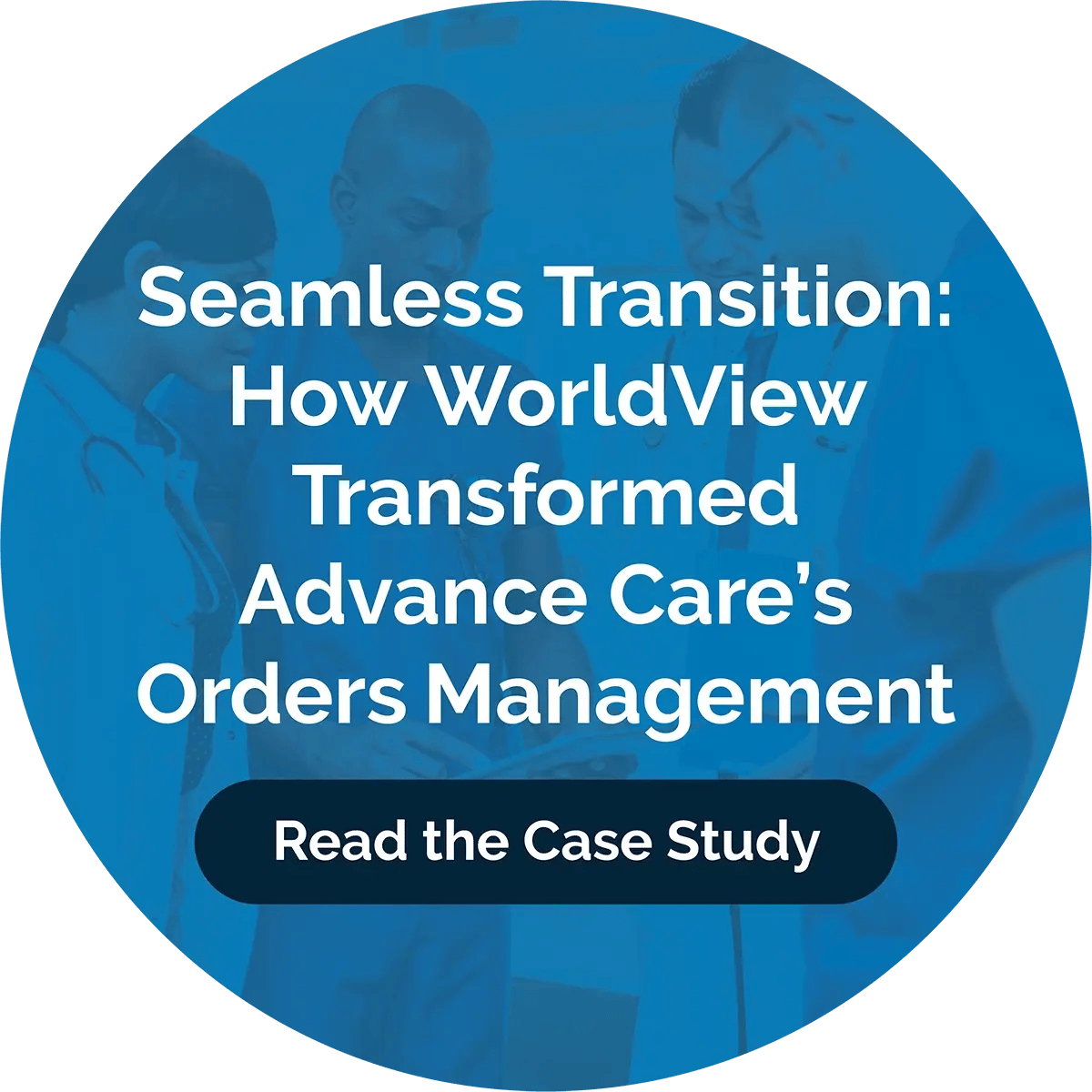Sustainability in Accounts Payable: How Green AP Workflows Contribute to Corporate Responsibility

The era of sustainability is truly underway. In the corporate sector, the pressure to embrace eco-friendly initiatives has never been more intense. Directors of operations at companies worldwide are scrambling to keep up with this new non-negotiable, and while it isn't easy to implement green practices in one go, the outcomes are well worth it. Nevertheless, there’s still an area that’s overlooked: the accounts payable (AP) department.
As finance teams go about their daily must-dos, many inadvertently impact the environment in a huge way. Sure, they’d love to emit zero waste, but their existing paper-based workflows just can’t let them. Switching to green AP workflows is an ingenious way to break this cycle.
The Environmental Impact of Traditional AP Processes
Stop and think about the sheer volume of paper, ink, and energy that a typical AP department consumes. The larger the company, the more paper or ink it will require. Yet AP is rarely mentioned in discussions about departmental waste.
The truth is that traditional AP workflows are naturally wasteful. Manual invoicing, paper-based approval processes, and physical filing systems are clear culprits. Printed invoices, check payments, and physical records pile up in filing cabinets, contributing to deforestation, excessive paper use, and landfill waste.
On top of that, there’s the carbon footprint associated with physical invoicing. Printing, mailing, and storing invoices consumes a considerable amount of energy. Paper invoices have to move between customers, suppliers, and internal departments. Their transportation, too, generates emissions.
The environmental impact of these outdated processes is quite staggering, but it doesn’t have to be this way.
The Business Case for Green AP Workflows
Switching to a green AP workflow is as beneficial from an environment protection standpoint as it is a business masterstroke. Here’s why.
Cost Savings
Think of all the possible costs you stand to save if you remove printing, mailing, and physical storage from the invoices equation. In a fully paperless world, all of this is achievable. Additionally, when your firm transitions from physical to paperless office solutions, you ditch the extra expenses tied to courier services, postage, and supplies like paper and ink.
You know what they say about time being money. Modern AP invoice automation saves your team time on manual tasks so it can focus on what matters the most — serving your customers and growing your business.
Increased Efficiency
The truth is that manual AP workflows are hugely time-consuming and riddled with errors, causing delays in invoice approvals and payment cycles.
AP automation accelerates these processes. How, you ask? By automatically routing invoices to the correct approvers, alleviating the administrative burden, and expediting the payment cycle. With quicker approvals, your company can also take advantage of early-payment discounts and steer clear of late fees. This further boosts your cash flow and operational efficiency.
A hiccup-free, automated AP process also translates to fewer bottlenecks, as digital workflows eliminate the need for physical handoffs. Plus, they provide real-time visibility into invoice status — a big win for teams seeking optimal AP workflow efficiency.
Stronger Compliance and Audit Readiness
In today’s heavily regulated environment, maintaining ESG compliance is mission-critical. Manual AP processes make this feat harder than it should be, especially with unending volumes of invoices and payments.
One of the standout benefits of electronic invoicing is that it provides a meticulous digital audit trail, making tracking and reporting far easier.
Steps to Transition to a Green AP Workflow
The good news? Transitioning to a sustainable accounts payable system is both attainable and impactful, as this easy four-step process will show.
1. Paperless Invoicing
Start by encouraging your suppliers to send e-invoices. These greatly reduce paper waste and the carbon footprint associated with printing and mailing invoices.
2. Automated AP Workflows
If we were to choose a single, all-important step, it’d be adopting an enterprise AP automation system to shake up your entire workflow.
The result? Precise routing, digitally processed payments, and optimal efficiency and accuracy.
3. Supplier Adoption of Digital Payments
Now that your suppliers have adopted paperless invoice processing, push for digital payment methods like ACH and virtual credit cards. These methods considerably reduce the reliance on paper checks, resulting in faster transactions.
4. Measure and Track Sustainability Impact
Last, but certainly not least, lay down your systems to track the impact of your green AP initiatives. Top metrics worth considering include:
- Paper invoices processed
- Carbon emissions saved
- Cost reductions
Not only can you use this data to monitor your progress and report on your sustainability efforts, but you can also refine your approach to better support your overarching ESG initiatives.
Final Take
The impact of carbon footprint reduction in finance extends far beyond simply reducing paper waste. Full-on AP automation helps your company drive cross-department sustainability, rake in tangible cost savings, and ensure tighter compliance. It’s a win for the environment and your business.
Speaking of winning, that’s exactly what we help you do at WorldView. Schedule a call with us today to take the next steps toward digitizing your AP workflows and turn all these benefits into reality.
Blog Post Tags
business goals, business development, Business, AP Workflows, billing, AI, reporting, Data Analytics, CommercialGet Awesome Content Delivered Straight to Your Inbox!
Posts by topic
- Healthcare
- Business
- AI
- Hospice
- AP Workflows
- Home Care Management
- hospice-care
- General
- Industry Insights
- agency
- Blog
- Commercial
- reporting
- Data Analytics
- billing
- referrals
- News
- Referral AI
- business goals
- Operations
- business development
- partners
- Integration
- Healthcare Trends
- leadership
- Medicare
- Compliance
- audit
- medicaid
- Better Charting
- regulations
- Application
- Automation
- finance
- CRM
- DMSi
- Events
- KanTime
- Press Release
- Revenue Growth
- Announcements
- Artificial Intelligence
- EHR
- ESign
- Guides
- Homecare Homebase
- Mobile
- Physician Order Tracking
- axxess
- clinical
- interoperability
- payor See All See Less


.png?width=596&name=WV%20Hc%20Clinical%201%20Web%20(3).png)
.png?width=596&name=WV%20Hc%20Clinical%201%20Web%20(2).png)
.png?width=596&name=WV%20Hc%20Clinical%201%20Web%20(5).png)